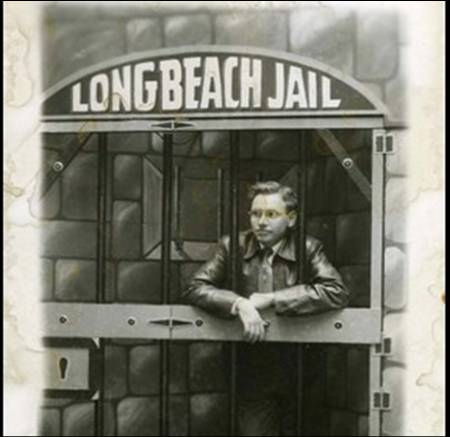Continuation in a series on portfolio management and the Buffett Partnership Letters, please see our previous articles for more details. Topics covered include: When To Buy, When To Sell, Activism, Catalyst, AUM When To Buy, Activism, Catalyst, Control
“…controls develop from the general category. They results from situations where a cheap security does nothing price-wise for such an extended period of time that we are able to buy a significant percentage of the company’s stock…Whether we become active or remain relatively passive at this point depends upon our assessment of the company’s future and the management’s capabilities.”
“We do not want to get active merely for the sake of being active. Everything else being equal I would much rather let others do the work. However, when an active role is necessary to optimize the employment of capital, you can be sure we will not be standing in the wings.”
“Active or passive, in a control situation there should be a built-in profit…Our willingness and financial ability to assume a controlling position gives us two-way stretch on many purchases in our group of generals. If the market changes its opinion for the better, the security will advance in price. If it doesn’t, we will continue to acquire stock until we can look to the business itself rather than the market for vindication of our judgment.”
Warren Buffett is renowned for his strong stomach, and willingness to continuously purchase and ingest increasing stakes as falling prices deter others. I believe the quote above holds the rationale behind this courageous behavior.
I think it's important to point out, that for each purchasing quest as the price falls, there exists a tipping point – the point at which Buffett obtains a controlling position – such that if the market continues to undervalue the asset, he will “look to the business itself rather than the market for vindication,” thus unlocking value by enacting his own catalyst as a control/majority investor.
Many investors attempt to emulate Buffett’s strong-stomach approach. However, I would advise caution to those investors with limited cash resources or asset under management, without which investors could end up with too much of his/her portfolio in a minority stake of an asset that remains perpetually undervalued.
AUM
“Our rapid increase in assets always raises the question of whether this will result in a dilution of future performance. To date, there is more of a positive than inverse correlation between size of the Partnership and its margin over the Dow…Larger sums may be an advantage at times and a disadvantage at others. My opinion is that our present portfolio could not be improved if our assets were $1 million or $5 million. Our idea inventory has always seemed to be 10% ahead of our bank account. If that should change, you can count on hearing from me.”
I have heard it remarked that capital is the enemy of return. This is true under many circumstances, however in some instances, as Buffett outlines above, a large capital base has its benefits. For example, see our discussion above on When To Buy, Activism, Catalyst, and Control.
When To Sell
“Our business is making excellent purchases – not making extraordinary sales.”


